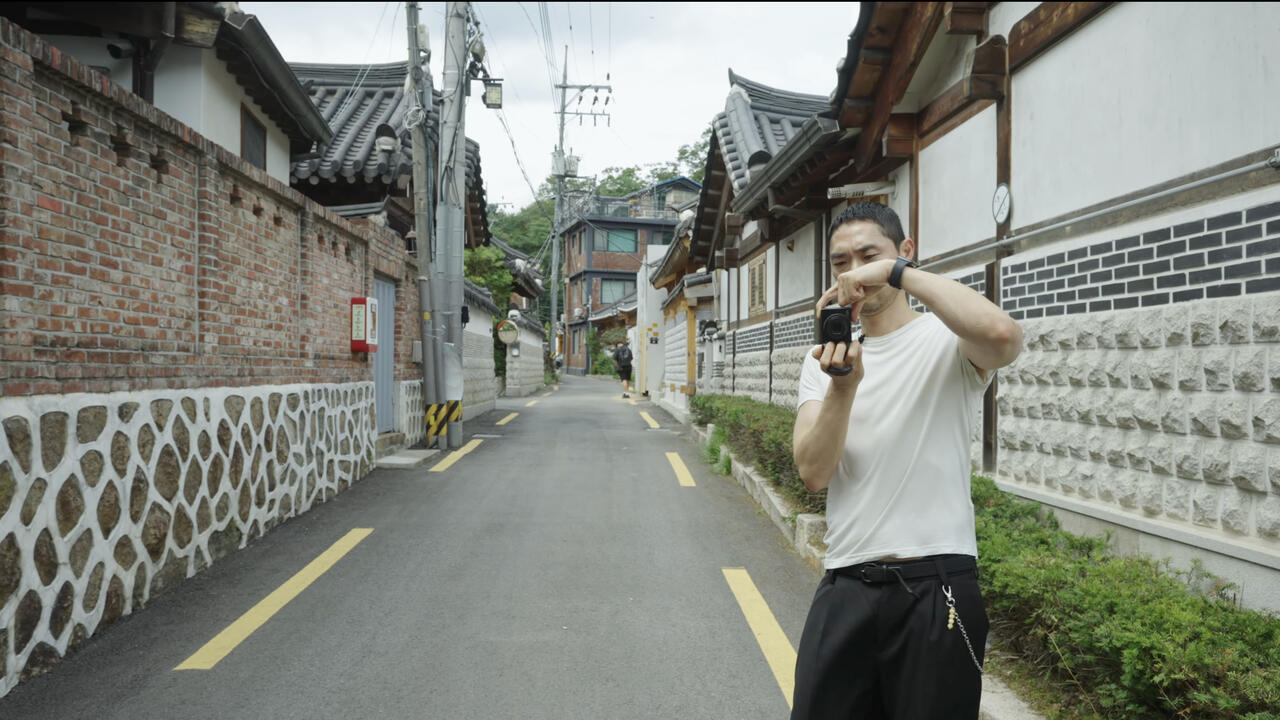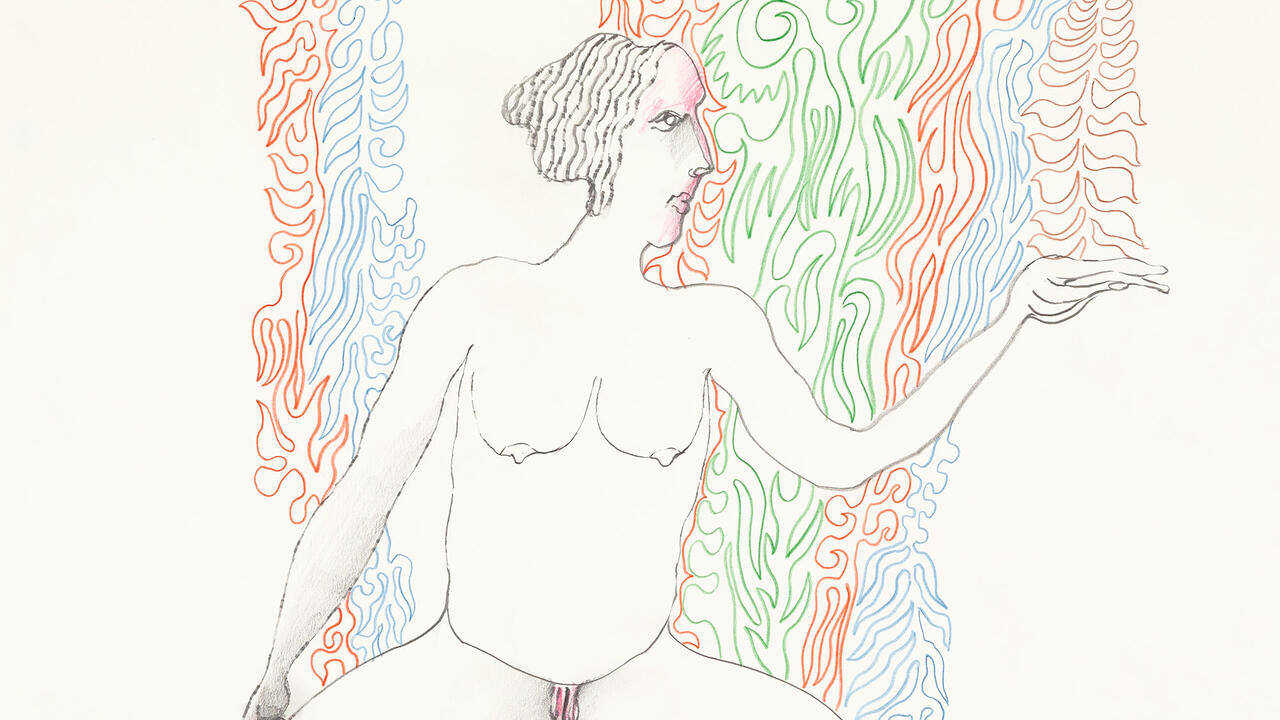Undefined Territories
There are still people in Spain, even amongst those with the dubious privilege of belonging to the 'art world', who, when you talk to them about a women's show, raise their hands, make a fuss and exclaim: 'There is no women's art; art is either good or bad; quality is the only thing that counts'. These people have entirely missed the point. After several decades of feminist struggle, this type of comment only reveals pigheadedness and ignorance, in addition to distilling a purist and totally depoliticised conception of art. For art does, indeed, have a gender. That is, a mutable and historically variable entity which is socially constructed around the male/female binomial. 'Territorios indefinidos' (Undefined Territories), curated by Isabel Tejeda, exemplifies this convincingly through a selection of some 30 artists. Such a show following the 1993 exhibition organised by Mar Villaespesa in Seville and Málaga titled '100%', is one of the most important attempts to demonstrate the discourses concerning the construction of female identity in the contemporary visual arts of Spain.
In this sense, 'Undefined Territories' is a show which does not merely advocate a single space, 'but rather the possibility of inhabiting existing spaces and the ability to create new ones'. This project thus arises from a respect for the multiplicity of discourses on women. 'Shouts and whispers, recoveries and intuitions, absolute certainties and subtle trespasses all live together in a continuous encounter which, nevertheless, does not mutually impede existence', states the curator. We stand before an idea of globalisation, non-conflictive in intent, which welcomes distinct visions of female identity. However, if we read the catalogue carefully, the supposed ecumenism takes on a more partisan aspect. The quotes from Hélène Cixous and Julia Kristeva hazard a preference for the so-called feminism of difference, in spite of the continuous and paradoxical allusions to the need for a construction of the feminine: the references to Simone de Beauvoir (especially to her famous statement that one is not born a woman but becomes one), and to the sensitive and well-grounded argument that identity is in a state of continuous transformation, are quite contrary to this stated essentialism. Nonetheless, the catalogue's central texts are dominated by somewhat trifling and hasty reflections on women's biological specificity, 'what defines them in relation to men'.
What perspectives underlie the works shown in Valencia? To find some homogeneity among such diversity seems an impossible task. Some of the pieces focus on what has been branded 'women's duties' (embroidery, sewing and darning, for instance), in which the weave of the fabric is the instrument and the space upon which we may speak of sorrows, broken dreams, and spilled tears. Such pieces spool their way through timidity, insipidity, nostalgia, and restoration. Carmen Saumell, Teresa Lanceta, Mercedes Carbonell, and Alejandra Icaza have pieces which abound with these notions, exemplifying the enormous upward trend in feminist handicrafts of the 70s. But rawness and youth go hand in hand in one of the most terrifying pieces of the show. Bárbara Sebastián shows the emotion of the gaze in Discurso sobre construcción de la identidad (Discourse on the Construction of Identity) (1995), whose cold, intellectual title contrasts immeasurably with the lacerating image of a young girl. What is graver than the wound on the girl's face (part of the sticking plaster that covers it is eaten up in the shadow of the dramatic spotlight) is the resentment and fear in her eye, which seems to look at the originator of the aggression. She seems to be saying that the executor is out of sight, loose, threatening. Violence as an essential requirement for a rebuilding of the female subject? A simple formation of the 'I' (the face proclaims the individuality of each person) smashed to smithereens...
In this same overwhelming vein we find Ana Navarrete's criticism of sexism, and Pilar Albarracín's work, which plays with the somewhat facile symbolism of blood. Other works by this artist, street pieces simulating an accident/rape, bring Cindy Sherman to mind. Likewise, the presence of Eva Hesse weighs too heavily in Ana Busto's work, particularly in the pieces of rubber filled with filaments and mammary forms. In spite of this allusion to specific parts of the female body, the glorification of the female genitalia is not prevalent except in another of Ana Busto's pieces, Open book (1995), which shows an open vagina (from which one must drink as from the fountain of knowledge?), and one of Begoña Egurbide's works, in which a woman squeezes her breasts in a sort of invitation or a show of autoeroticism.
The almost total absence of male imagery could lead us to think of a shaping of female autonomy, or of a frontal denial of the absurd Freudian notion of penis envy, which the British artist Naomi Salaman so resolutely dismantled with her photographs. The dreamer caught up in a lesbian continuum must wake up to reality. This show, lamentably, leaves lesbian desire behind. It seems incomprehensible that two artists as interesting as Helena Vabello and Ana Carceller, who work together as a duo on an iconography plagued by bakery imagery, and who do indeed participate in the catalogue with a text ironically titled 'La bella despierta o de cómo no necesita ser besada' (The Beauty Awakens or How it isn't Necessary to be Kissed), are not present in Territorios indefinidos.
The irony, the excessive sarcasm even, visible in the vision of La madre (The Mother) (1995), which Victoria Gil offers the viewer as if she were dealing with a good-natured monster, does indeed crop up in some of the most sparkling works. Iziar Okariz, a young Basque artist who uses all types of media video, photography, sculpture and engraving expresses energy and nonconformity assuredly in a series of photos in which the artist is seen jumping around a room, her hair lifeless, to the rhythm of Siouxie and the Banshees. Okariz is, however, better known for her work on the need to create an alternative image of the body to that given genetically. She grafts human hair onto her own skin, onto her fingers and toes and onto her chin; she shaves her head in such a way that her scalp and a few tufts of hair form an earthly appearance; she applies a second skin of latex onto herself, and, at the same time, meditates on the risks involved in altering one's identity, and how identity itself is perceived.
The text by Cabello and Carceller, proposes a journey through the show, traversing physical spaces which are symbolic for women. The street, the house, the kitchen (which Olga Adelantado converts into remains and miasmas), the bathroom, the bedroom and the library (which always provides fruitful as well as conflicting readings, since the only place for knowledge is the library), cast what is female into intimate and private spheres. Nuria Canal explores a more public space TV soap operas deconstructing the mawkishness attributed to women. In this space, the Catalonian Eulalia Valldosera stands out with her ambiguous and desolate photos. Certain motifs are repeated here: the mattress, the empty wall, a few objects, and, most impressively, the body of a nude woman who is nothing more than a beam of light, almost ghostly, although somehow acquiring a phallic symbolism,as in Mujer botella (Bottle Woman) (1994).
Although this show could certainly be read as the curator presents it 'a palimpsest of images' it would be reductive and impoverishing to think that biological specificity presupposes an inherent sensibility (a term to which 'intuition' is linked) related to the symbolic order of the mother (as the feminism of difference proposes). Fortunately, feminist transgression goes beyond this, as many of the pieces on display here prove.

















